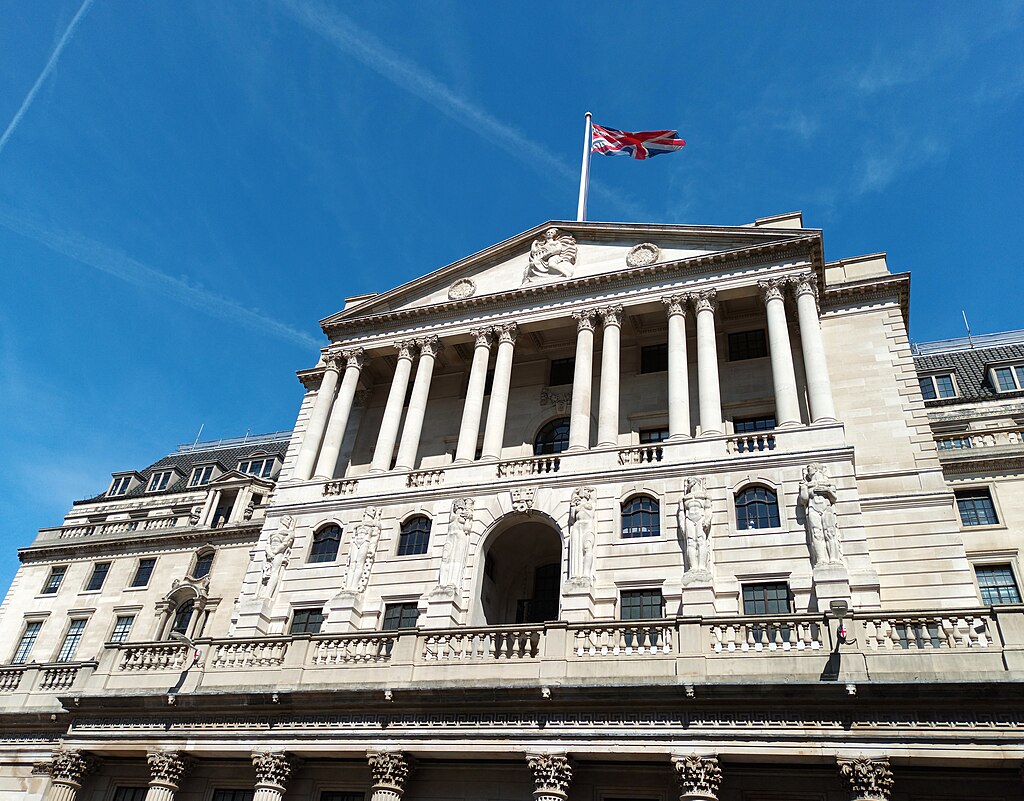As U.S. treasury yields surge, experts like Hayes anticipate potential economic challenges on the horizon. This growing concern is rooted in the rapid rise of long-term interest rates compared to their short-term counterparts, known as the "bear steepener" effect.
Hayes points out that current bank models haven't incorporated this bear steepener occurrence, making it difficult for them to predict the potential implications. A notable rise in the 2s30s curve, representing the difference between 30-year and 2-year yields, accentuates the increasing economic pressure.
Banks are predicted to face challenges due to the unique risks and high leverage in their portfolios. As rates ascend, banks might opt to sell bonds or adjust their fixed rate on Interest Rate Swaps (IRS). This process can trigger a cascading effect, where selling begets more selling, negatively impacting bond prices.
Hayes suggests that the impending solution will be massive liquidity injections. This move will counterbalance the quantitative tightening observed from late 2021 onwards, which has affected cryptocurrency markets. Hayes is wary of the upcoming market dynamics, foreseeing potential financial casualties. His perspective alludes to a rapid rise in the bear steepener resulting in market players facing insolvency. This could lead to a resurgence in efforts to salvage government bond markets through monetary interventions, thus potentially giving a boost to the cryptocurrency market.
TradingView's recent data reveals that the yield on 30-year U.S. government bonds has touched 5%, marking its peak since before the Global Financial Crisis in August 2007.
Philip Swift, a noted statistician and co-founder of trading platform Decentrader, mirrors Hayes' sentiment. Recent charts outline Bitcoin's interplay with treasury yields. Swift believes that a renewed emphasis on monetary expansion could serve as a pivotal boost for the Bitcoin market.
Meanwhile, the national debt of the U.S. continues its upward trajectory at an unprecedented rate. Only two weeks after crossing the $33 trillion threshold, the government's debt rose by $275 billion in a single day, drawing attention from the financial community.


























Comment 0